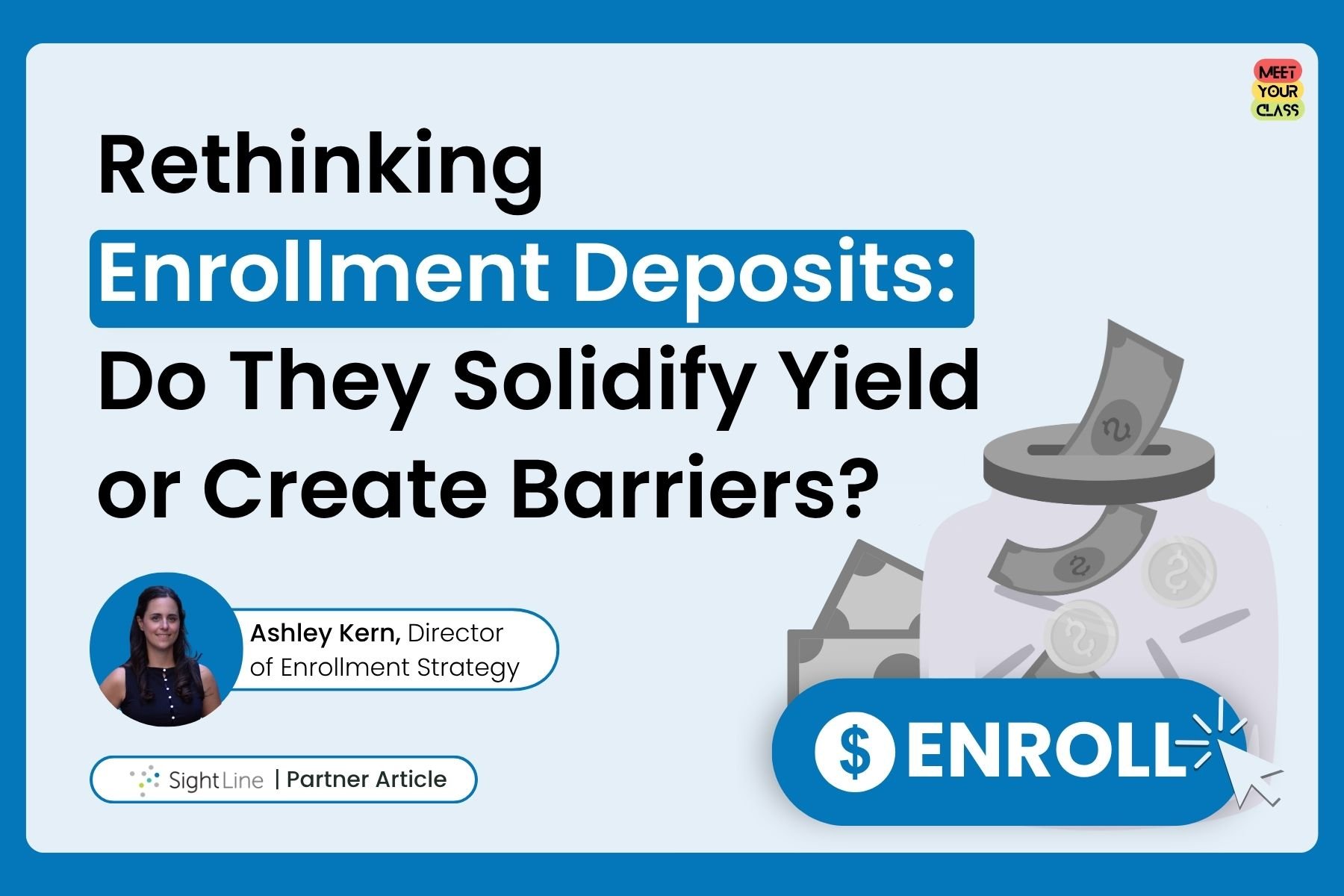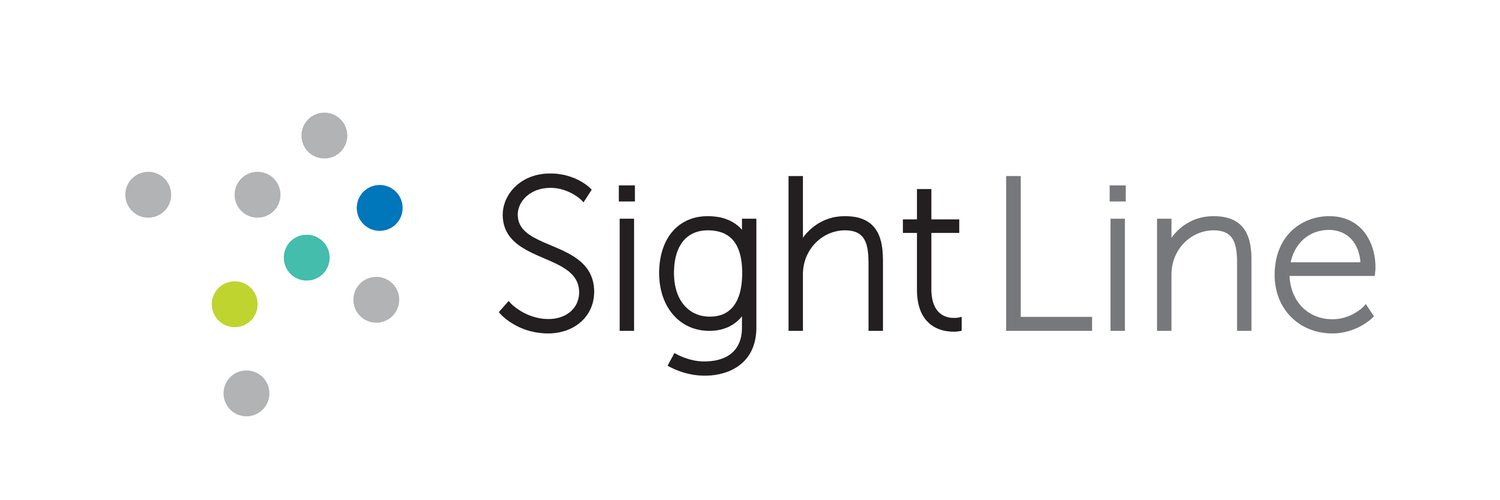
What We're Getting Wrong in Financial Aid Optimization—How It’s Holding Students Back and Costing Enrollment
The Myth of the Aid Matrix: Many institutions still allocate need-based aid using matrices—grids that assign a target percentage of aid met based on a student’s position in a crosswalk of academic merit and calculated financial need. On paper, this seems fair and efficient. In practice, it’s working against both the enrollment strategy and the students who need support the most.

How to Choose a College Major: Why Declaring Late Can Still Lead to Success
Choosing a college major is one of the first big academic decisions students make, and one of the most misunderstood. Many high school graduates believe they must declare a major before starting college to ensure success. Here is my story of changing my major going into my senior year and what I recommend for students, whether they are just starting their college career or considering a huge change in their academic path.

Rethinking Enrollment Deposits: Do They Solidify Yield or Create Barriers?
As colleges and universities continue to face increasing competition for a shrinking pool of college-bound students, enrollment leaders are reexamining long-held practices to improve yield and reduce summer melt. One area drawing renewed attention: the role of enrollment deposits.
Do required deposits actually lead to stronger commitment and improved yield? Or are they an unnecessary barrier — particularly for students already navigating affordability concerns?

AI Can’t Replace Relationships: How Two Universities Are Getting Personalization Right in Enrollment
In an era where artificial intelligence (AI) is reshaping higher education, two SightLine university partners, Indiana Wesleyan University (IWU) and Longwood University (Longwood), are proving that personal, human-driven engagement remains a key differentiator in student recruitment. Interviews with admissions leaders at these institutions highlight the profound impact of meaningful, one-on-one communication in the enrollment process.

A Smarter Path to Enrollment: 8 Steps to Financial Aid Leveraging
Has financial aid leveraging or optimization always seemed like a black box to you? Institutions are searching for ways to use their aid resources more effectively, enrolling the right students while maintaining financial health and fulfilling their mission. But if you don’t aren’t familiar with the underlying process of financial aid optimization, it can be difficult to know which firms to partner with.

Beyond the Dashboard: Interpretation and Support Are Key in Enrollment Management
In today’s competitive enrollment landscape, most university leaders are not starved for data. From predictive dashboards to weekly cycle reports, enrollment and finance teams are inundated with charts, graphs, and forecasts showing where they stand in the funnel—who’s applied, who’s admitted, who’s deposited. But if you're like many institutions, you know that tracking isn’t the same as strategizing.

Summer Strategies: Using AI & Institutional Change to Prevent Retention Risks
As summer approaches, enrollment and student success teams will be shifting their focus from deposit season to ensuring students—both incoming and continuing—are set up for success. One of the most effective ways to improve retention is by leveraging AI-driven predictive analytics alongside institutional change to identify and address at-risk students before they face challenges that could lead to attrition.

From Price Transparency to Market Positioning: Rethinking Grad Enrollment
Graduate education is undergoing a significant transformation. Shifting student demographics, evolving market demands, and increasing competition from both private and public institutions are redefining how universities attract and retain graduate students. Institutions that fail to adapt to these changes risk losing market share to more agile competitors that emphasize affordability, flexibility, and clear career pathways.

Four Practical Strategies for Delivering Price Transparency in Higher Education
Many college and university leaders that I speak with around enrollment strategy and student recruiting, still say that one of their biggest challenges in enrolling students is around sticker shock. This is particularly true for private institutions with high published prices and high discount rates. Here are four practical ways universities can embrace price transparency to build trust and drive enrollment.

Average Net Price is Declining – Why Optimizing Financial Aid is Critical
In the ever-evolving world of higher education, one of the most pressing concerns for students and families is the cost of earning a degree. Rising tuition rates often dominate headlines and spark debates about affordability. Yet, recent insights from The College Board tell a more nuanced story: despite the increase in published tuition prices, the net price on average has declined in recent years.

Webinar: Social Media - An Overlooked Opportunity to Boost Enrollment Yield
SightLine founder is hosting a webinar featuring MeetYourClass on November 7th, 2024.
Admissions and enrollment teams across the country are currently focused on growing their admit pool with high affinity students by increasing awareness of their institution. From the student perspective, it isn't only about awareness, but more importantly about connection and community.

Career Services - One of the Most Important Enrollment Drivers
When universities invest in retention, career services, and student employment, they create a cycle of success. Higher retention rates, improved graduation rates, and strong career outcomes all contribute to a positive institutional reputation. This, in turn, attracts new students, improves alumni engagement, and strengthens overall enrollment numbers. This is a particularly important investment for smaller private institutions to be making for the longevity of their institution.

The Impact of Entry Pathways on Student Retention and Achievement
Navigating the transition from high school to college can be challenging, particularly for students with lower academic preparedness. To address this, many institutions offer entry pathways designed to support students as they acclimate to higher education. Our retention analytics team at SightLine worked with a regional 4-year public institution in the Midwest to evaluate how different entry pathways for students may impact their early and long-term success at the institution.

SightLine’s Top Five Tips for Mid-Funnel Conversion
In the past few months, we have seen a lot of higher ed leaders scrambling to look at new enrollment and communications solutions throughout the student funnel. Across the board, the goal is to increase enrollment without sacrificing discount rates, overall revenue over four years, or the caliber of the incoming class. At SightLine we are focusing on the best strategies to improve on mid-funnel conversion of the highest quality students who are interested in your institution. We have five strategies to focus on this year.

Are Panicked Enrollment Managers Focusing on the Wrong Funnel Stage?
Higher education institutions are facing a daunting challenge: the enrollment cliff. With fewer potential students on the horizon, many enrollment managers are under pressure to maintain or increase enrollment numbers. However, in their quest to fill seats, are they focusing too much on attracting new prospects at the top of the funnel and neglecting the crucial task of converting quality leads into enrolled students?

How Younger Generations View Education and Career Paths Differently
As we usher in the next wave of future leaders and learners, Generation Alpha, born between 2010 and 2025, is poised to redefine the landscape of higher education and career paths. Growing up in an era marked by rapid technological advancements and societal changes, Gen Alpha exhibits unique perspectives on education and career choices. In this article, we will delve into how Gen Alpha views higher education, contemplates potential career paths, and evaluates their options in ways distinct from prior generations.

Recent Featured Guest: College Viability Podcast
Podcast Guest! This Week In College Viability (TWICV) provides content and commentary on the financial health and viability of private and public colleges in the United States. Gary Stocker fills the role of unofficial fiduciary for students, their families, faculty, staff, and other college stakeholders.

Financial Aid Optimization Analysis Reveals Increased Student Price Sensitivity Year over Year
Each year, SightLine uses student application, financial aid, demographic, and census level data to optimize new scholarship offers for the following enrollment cycle with our university customers. During this process, we compare student enrollment behavior from the most recently completed enrollment cycle to the prior enrollment cycle. Earlier this year we analyzed the fall 2023 enrollment outcomes in comparison to fall 2022 enrollment and most of our findings were consistent across all our customers, indicating changing market conditions.

Apply Learnings from Retention Programs to Enroll Students, Reduce Debt, and Propel Careers
In a world where public perception of higher education is at an all-time low we need a revamp of the value that we provide to students, and how we engage with and communicate that value to students earlier in the student lifecycle. One approach is to apply what we have learned in student support and retention services to the realm of enrollment and recruitment.

The Emotional Versus Analytical Decision Process for College Enrollment
In our last article, we talked about the evolving higher ed market. And as a data science company, of course a lot of our perspective on this comes from the data we work with every day. We analyze institutional, IPEDS and the College Scorecard data to understand the changing market. But often times this aggregated data doesn’t capture the full picture. Gasp!
